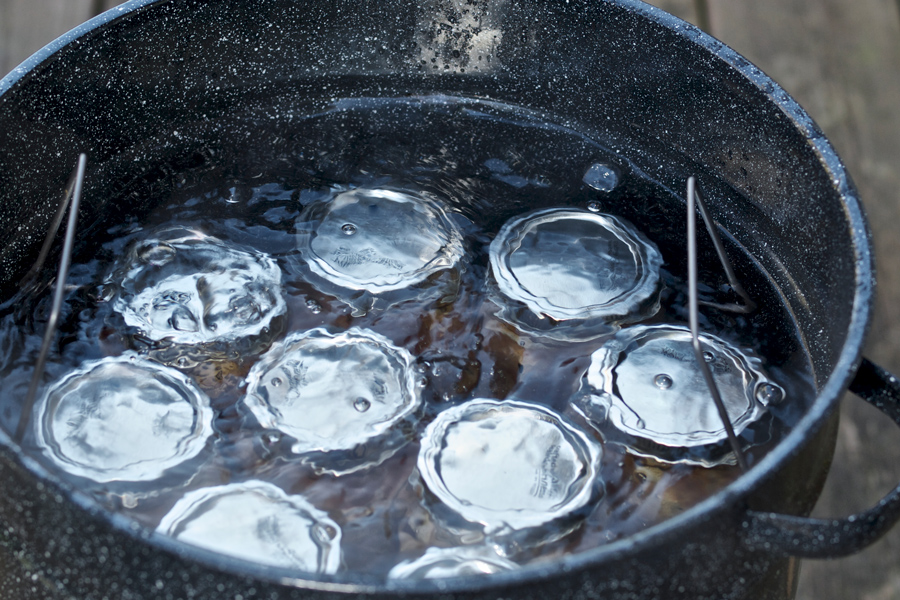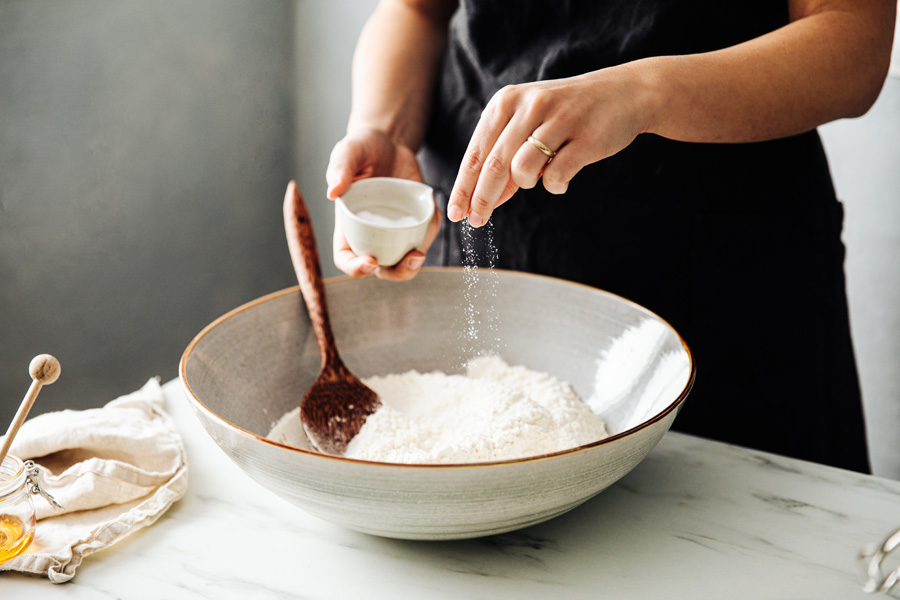Handling and Preparing
-
 New
NewWhen you have diabetes, aside from meal planning, knowing how to cook your food can make a big difference in how enjoyable and sustainable your meals are. This resource covers planning and prepare delicious meals that meet the recommendations of the ADA’s Diabetes Plate method.
Katelyn Miller, Ariathni Powell, Allison Eaddy, Maria Rossi, and Michelle A Parisi
|
-

Believe it or not, a small tweak in your favorite recipe could help lower your risk of health problems. Start small, such as by reducing saturated fat, salt, or added sugar, or increasing fiber when cooking. These small changes can add up to big health benefits. This resource has tips on how to start revitalizing your recipes to fit your diabetes meal planning.
Hsuan-Mein Yang, Maria Rossi, and Michelle A Parisi
|
-

Kimchi is gaining popularity across the U.S. as part of a growing interest in international flavors, gut health, and home food preservation. This publication provides science-based guidance to help consumers safely prepare kimchi at home and offers nationally relevant, research-based information that can benefit Extension educators, health professionals, and consumers across the U.S.
Mallika Mahida, Sitara Cullinan, Kris Ingmundson, Ines Beltran, Cecilia Tran, MS, RDN, LD, Sarah Henes, and Carla Luisa Schwan
|
-

C 1344-02
Using Pressure Canners
Most modern pressure canners are lightweight, thin-walled kettles; most have screw-on lids fitted with gaskets. Modern pressure canners have removable racks, an automatic vent/cover lock, a vent pipe, and a safety fuse. Use only canners that have the Underwriter’s Laboratory (UL) approval mark to ensure their safety. This publication covers steps to successful food preservation using pressure canners.
Elizabeth L. Andress, Ines Beltran, and Carla Luisa Schwan
|
-

La mayoría de las envasadoras a presión modernas son ollas ligeras de paredes delgadas; la mayoría tienen tapas de rosca con juntas. Cuentan con rejillas extraíbles, un cierre automático de ventilación/tapa, un tubo de ventilación y un fusible de seguridad. Utilice únicamente envasadoras con la marca de aprobación de Underwriter’s Laboratory (UL) para garantizar su seguridad. Esta publicación explica los pasos para una conservación exitosa de alimentos con envasadoras a presión.
Elizabeth L. Andress, Ines Beltran, and Carla Luisa Schwan
|
-

Una envasadora de agua hirviendo es una olla grande para cocinar con tapa y una rejilla en el interior. La mayoría de las envasadoras de agua hirviendo están hechas de aluminio, acero esmaltado o porcelanizado, o acero recubierto de porcelana, o acero inoxidable. Esta publicación cubre los pasos para la preservación exitosa de los alimentos usando enlatadoras de agua hirviendo.
Elizabeth L. Andress, Ines Beltran, and Carla Luisa Schwan
|
-

C 1344-01
Using Boiling Water Canners
A water bath (boiling water) canner is a large cooking pot with a lid and a rack inside. Most boiling water canners are made of aluminum, enamel-coated or porcelain-covered steel, or stainless steel. This publication covers steps to successful food preservation using boiling water canners.
Elizabeth L. Andress, Ines Beltran, and Carla Luisa Schwan
|
-

C 1323-07
Modifying Recipes for Healthier Results
Eating healthier doesn’t have to mean giving up your favorite recipes. Some special recipes served only on occasion may be better left alone, like your grandmother’s special coconut cake. Recipes you make more often might be worth modifying to make them healthier and aligned with your current health goals.
Christa Anderson Campbell, Beth Kindamo, and Ali Berg
|
-

All carbohydrates are broken down into simple sugars, like glucose, during digestion. Controlling blood glucose is one of the primary goals in diabetes management. People with diabetes may desire to lower their carbohydrate, added sugar, and calorie intake by using sugar substitutes, including low-calorie or no-calorie sweeteners. These can come from natural sources, like stevia and monk fruit, or be synthesized in a laboratory, like sucralose, aspartame, and saccharin.
Beth Kindamo and Ali Berg
|